In pictures: Ford Mustang and the history of US muscle
- Published
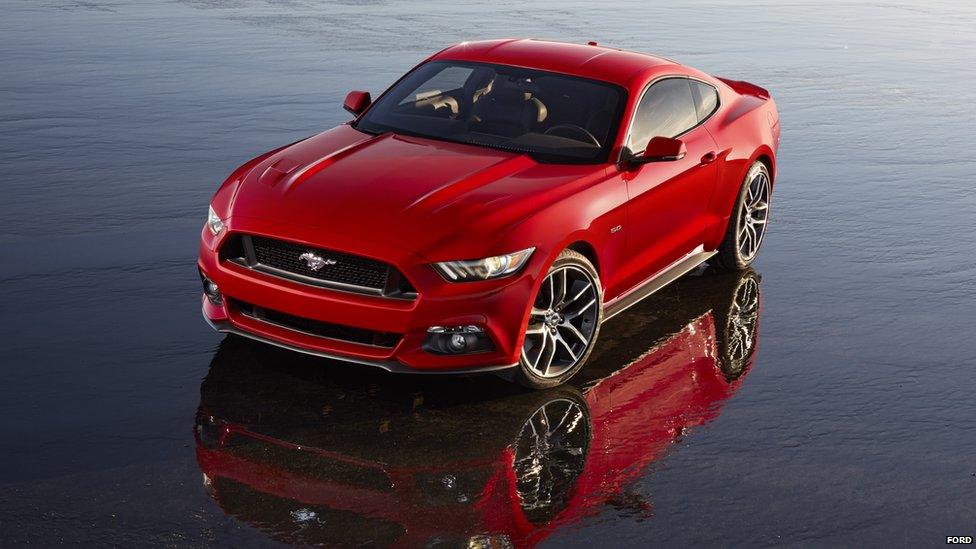
Ford unveiled its new Mustang GT on Thursday in six cities simultaneously - New York, Dearborn in Michigan, Los Angeles, Shanghai, Sydney and Barcelona. The company hopes the car's history will appeal to buyers outside the US. Mustangs haven't officially been sold overseas since 1979.
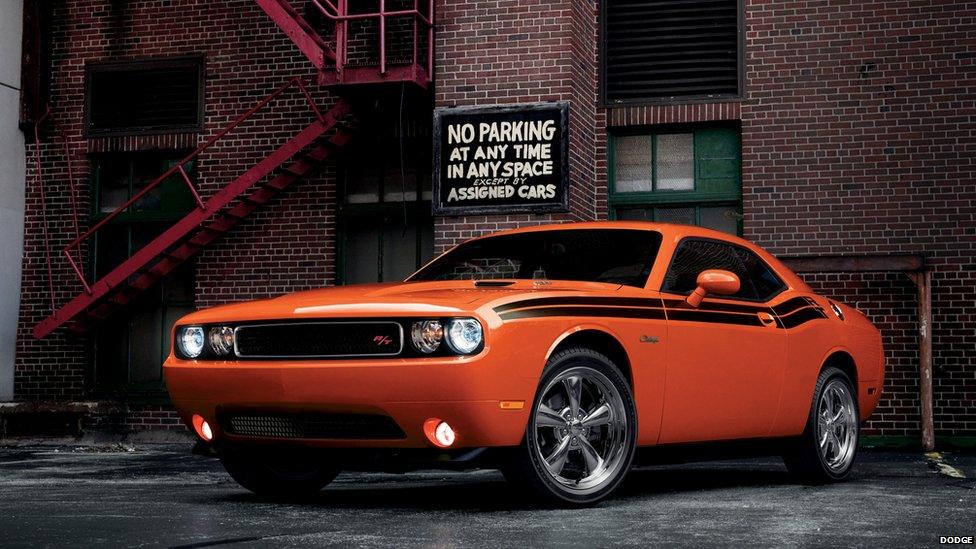
Ford's unveiling of its new Mustang follows revamps of several other famous US cars, like Chrysler's Challenger (pictured) and Charger as well as General Motors' Camaro and Corvette. These vehicles are known as "halo cars". Although they may not sell in large volumes, it's hoped they will entice consumers to buy other models.
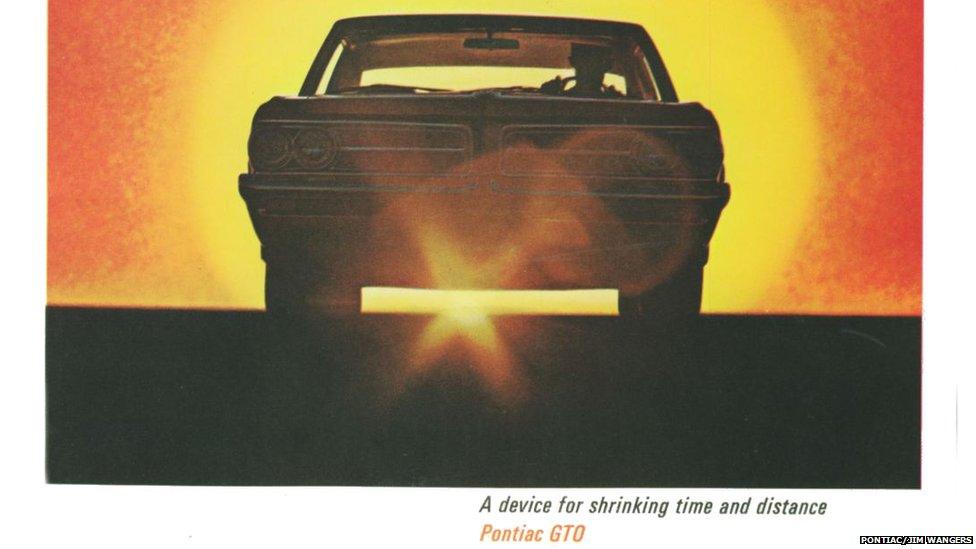
The Mustang went on sale in 1964, the same year as Pontiac's GTO, built by GM. The GTO (pictured) is considered the first mass-produced "muscle car". It was created "for somebody who wanted the excitement and thrill of being able to drive a little aggressively", says Jim Wangers, who led Pontiac's advertising team at the time.

Ford's Mustang (pictured) was different from the GTO, and was dubbed a "pony car" - a reference to the car's iconic horse badge. "[The Mustang] was a remarkable breakthrough in styling, yet it was by Ford's choice very moderately powered," explains Mr Wangers. "So the two cars were in a sense competitive but not overlapping."

The Mustang was meant to appeal to post-war baby boomers looking for a "personal car". It was immediately popular: by 1966, more than one million Mustangs had been sold, prompting Chevrolet to release a competitor, the Camaro, that year.

Mr Wangers says part of the appeal of the Mustang was that it was iconic, roomy and safe. "While it has an image of fun and excitement and high style, it also has - and this is very critical - image of reliability and dependability," he says. "What I'm saying in a delicate and slightly restricted way, is that it has a strong appeal to the lady."
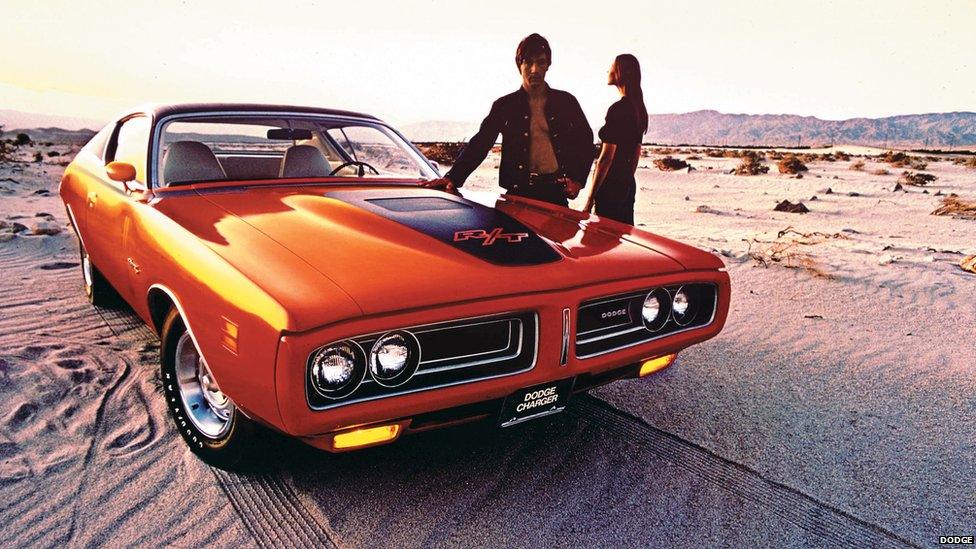
Muscle and pony cars - and their implicit lifestyle - quickly became part of the fabric of US pop culture. The Mustang has made an appearance in over 3,000 TV shows and films, memorably in the Steve McQueen 1968 car chase film Bullitt. The Dodge Charger, pictured here, featured heavily in the classic US TV show Dukes of Hazzard.
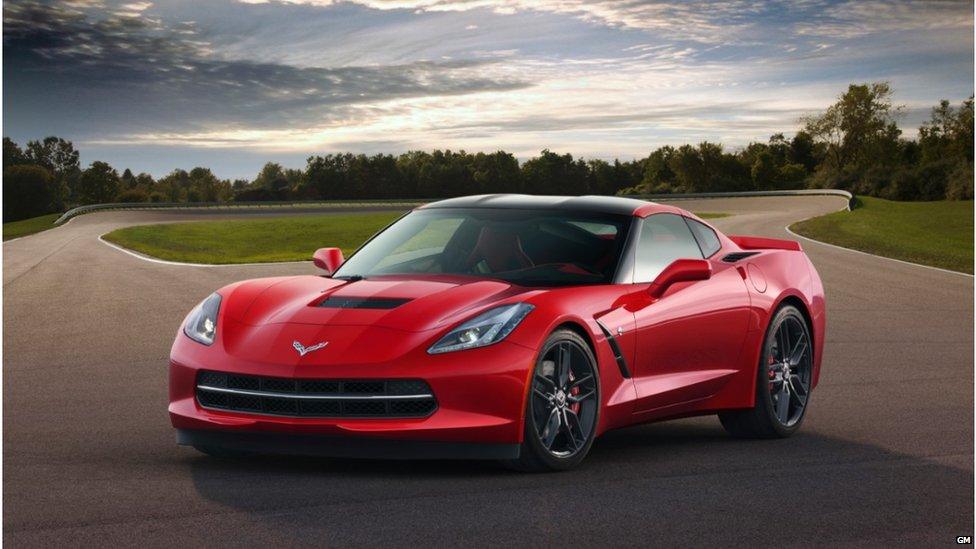
But while there's no doubt the Mustang, the Corvette, the Camaro, and others are iconic cars in the US, it's unclear if they will appeal to buyers overseas. GM recently announced it would pull its Chevrolet brand from Europe on disappointing sales.
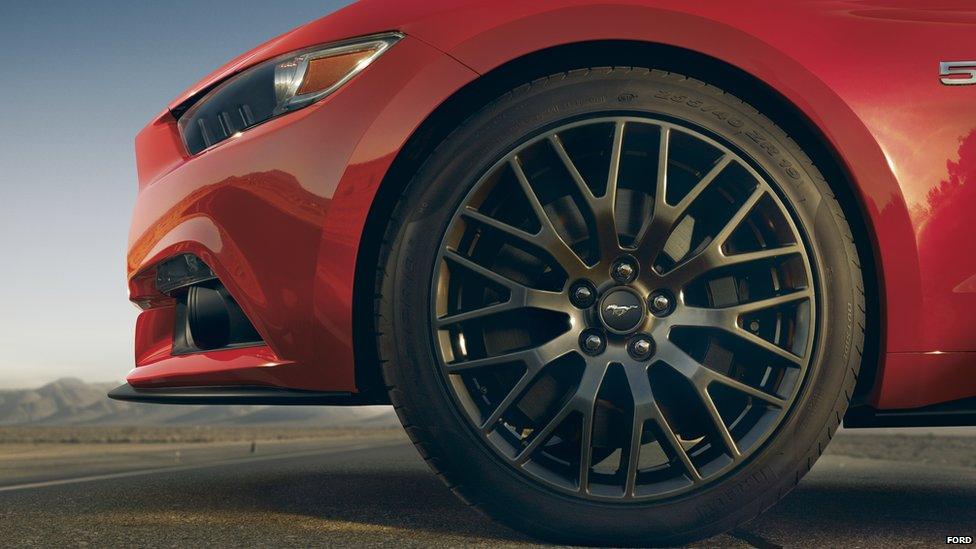
But Ford thinks the appeal of the Mustang extends to places like China, with its growing middle class. Analysts are optimistic. "The Mustang is an iconic vehicle for Ford, everybody knows that car," says Edmunds.com senior analyst Michelle Krebs. "I sort of think of it as being Ford's ambassador around the globe."